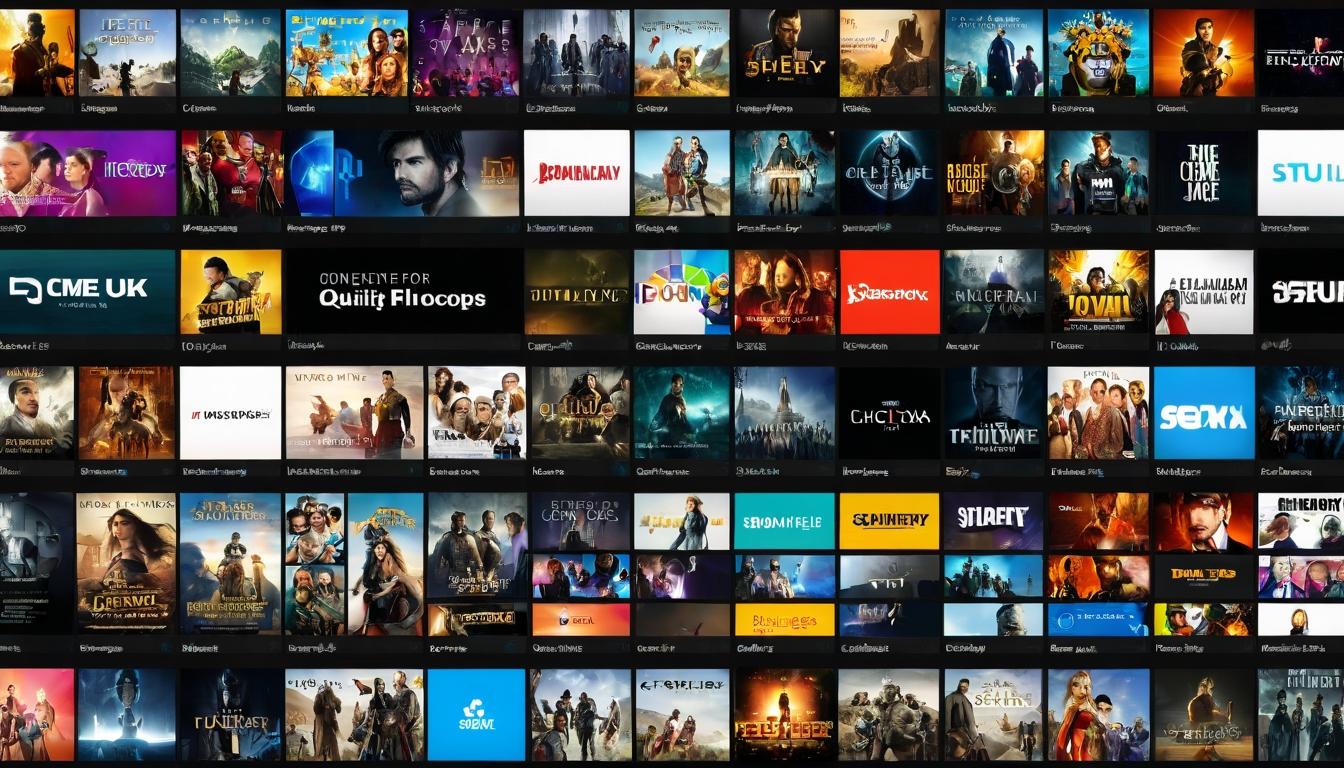There's a strange phenomenon happening in our living rooms, one that defies the very logic that brought streaming services to power. We have more movies and television shows available at our fingertips than at any point in human history, yet finding something to watch has become an exercise in frustration. The paradox of abundance has quietly become the defining cultural experience of our streaming age.
Walk into any home on a Friday night and you'll witness the same ritual unfold. Couples and families scrolling endlessly through Netflix, Hulu, Disney+, and Amazon Prime, their thumbs growing tired as they navigate an ocean of content. The average user spends nearly 20 minutes deciding what to watch, according to recent Nielsen data. That's longer than many sitcom episodes. We're drowning in options, yet starving for meaningful choices.
The algorithm was supposed to solve this. Recommendation engines promised to learn our tastes and serve up perfect matches. Instead, they've created echo chambers where we're shown slight variations of what we've already consumed. Watch one true crime documentary, and suddenly your entire homepage becomes murder mysteries. Enjoy a romantic comedy? Prepare for six months of meet-cutes and airport chases. The very tools designed to help us discover new content have instead narrowed our horizons.
This isn't just about user experience—it's about what gets made in the first place. Streaming services have become obsessed with data-driven content creation, greenlighting projects based on what similar audiences have watched before. The result is a landscape filled with safe bets and familiar formulas. Original voices struggle to break through when algorithms prioritize proven patterns over creative risk-taking.
Independent filmmakers are feeling the squeeze most acutely. While streaming platforms promised a golden age for niche content, the reality has been more complicated. Yes, there are more distribution channels than ever before, but standing out in the crowded marketplace requires marketing budgets that most indie productions can't afford. The democratization of distribution hasn't led to equal discovery opportunities.
There's also the troubling trend of content churn. Streaming services are producing shows and movies at an unprecedented rate, but much of it disappears into the digital ether after its initial promotional push. The shelf life of new content has shrunk dramatically. A film that might have enjoyed a slow build through word-of-mouth in the theatrical era now has about 48 hours to prove itself before the algorithm moves on to the next release.
The financial models compound these problems. The shift from ownership to access means we no longer build personal collections of films we love. Instead, we rent temporary access to vast libraries where individual titles have less value. This changes how we relate to movies—they become disposable entertainment rather than cherished artworks we return to again and again.
Some filmmakers are fighting back against this tide. A growing movement of directors are insisting on theatrical windows, not just for financial reasons, but to give their films cultural space to breathe. The communal experience of cinema, they argue, creates the kind of sustained engagement that streaming's rapid-fire consumption model can't replicate.
Audiences are developing their own coping strategies. Social media platforms like TikTok and Letterboxd have become crucial discovery tools, with users creating and sharing curated lists that cut through the algorithmic noise. The human touch is making a comeback precisely because the machines have failed us.
There are glimmers of hope within the industry too. Some streaming services are experimenting with better curation, hiring actual human programmers to complement their algorithms. Others are creating dedicated sections for hard-to-find gems and international cinema. These efforts acknowledge that discovery requires both scale and selectivity—having everything means nothing if you can't find what matters.
The solution may lie in hybrid models that combine the convenience of streaming with the intentionality of traditional curation. Imagine a service that limits your choices to a carefully selected 50 films per month, curated by respected critics and filmmakers. Or platforms that prioritize depth over breadth, focusing on building comprehensive collections in specific genres or from particular regions.
What's clear is that the current model isn't sustainable—not for creators, not for audiences, and ultimately not for the platforms themselves. The streaming revolution promised infinite choice, but we're learning that infinity can be overwhelming. The next evolution in entertainment won't be about having more content, but about creating better ways to find meaning within the chaos.
As viewers, we have more power than we realize. Every time we step outside our algorithmic bubbles to watch something unexpected, every time we seek out recommendations from trusted sources rather than automated systems, we're voting for a different kind of entertainment ecosystem. The future of film discovery depends not on better technology, but on rebuilding the human connections that made us fall in love with movies in the first place.
The streaming paradox: why more content means less discovery

